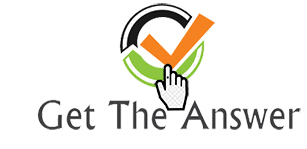Assignment: Book
Myers, D.G., & Twenge, J.M. (2012). Social Psychology (11th Ed.). New York, NY: McGraw-Hill Education.
- Read Chapter 4 in the textbook.
- Select and read one of the journal articles below or search through your own through Northwest’s online Datasbases.
- Festinger, L., & Carlsmith, J. M. (1959). Cognitive consequences of forced compliance. The Journal of Abnormal and Social Psychology, 58(2), 203-210. doi:10.1037/h0041593
- Joule, R. (1991). Double forced compliance: A new paradigm in cognitive dissonance theory. The Journal of Social Psychology, 131(6), 839-845. doi:10.1080/00224545.1991.9924671
- Chiou, W., & Wan, C. (2007). Using cognitive dissonance to induce adolescents’ escaping from the claw of online gaming: The roles of personal responsibility and justification of cost. Cyberpsychology & Behavior, 10(5), 663-670. doi:10.1089/cpb.2007.9972
- Gibbons, F. X., Eggleston, T. J., & Benthin, A. C. (1997). Cognitive reactions to smoking relapse: The reciprocal relation between dissonance and self-esteem. Journal of Personality and Social Psychology, 72(1), 184-195. doi:10.1037/0022-3514.72.1.184
- Write a brief review of the chosen journal article, include the following details:
- Identify the hypothesis/es for the study.
- Summarize the methods and results.
- Discuss your opinion of this article. What did you think about the findings? What were potential limitations?
- Integrate concepts within Chapter 4 of the textbook into your paper that relate to the topic.
Instructions:
- Paper length should be approximately 2-3 pages in length (approximately 500- 750 words).
- Use APA style, including a cover page and reference page (not included in page length)
- Introductory paragraph, setting forth a clear statement of your assignment.
- Conclusion, a concise paragraph that reaffirms your assignment.
- Cite a minimum of 2 sources (APA). Include the textbook as one of the sources. Be sure to cite the article you chose from above.



